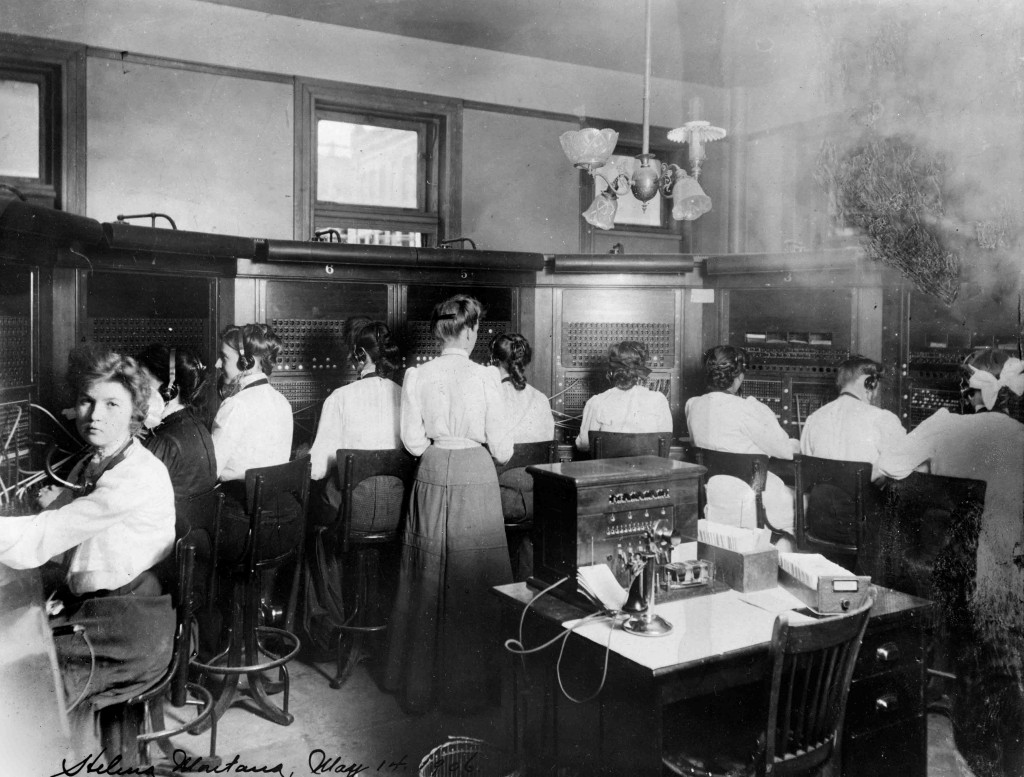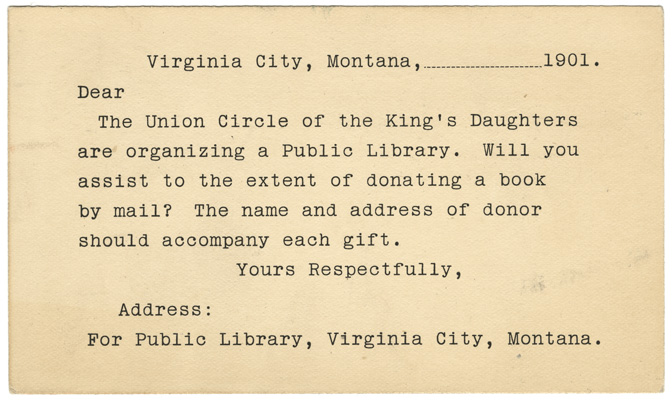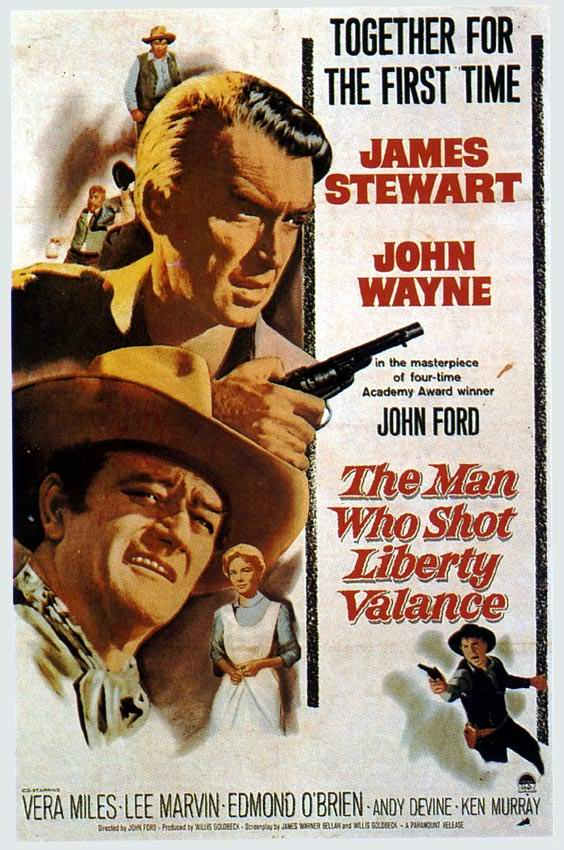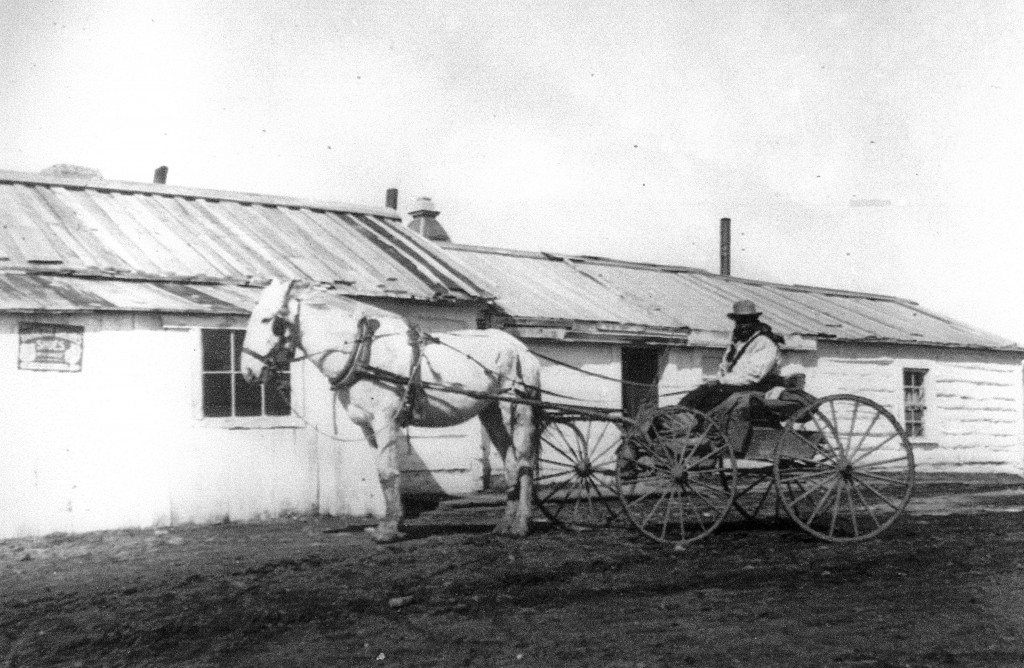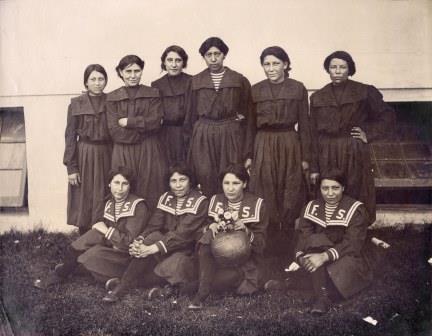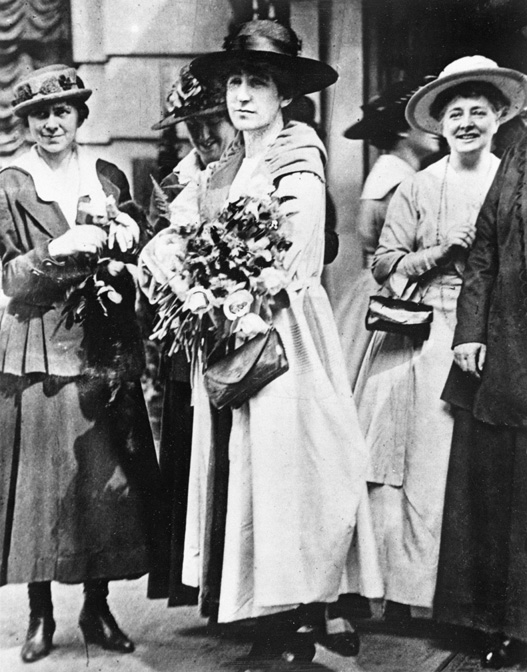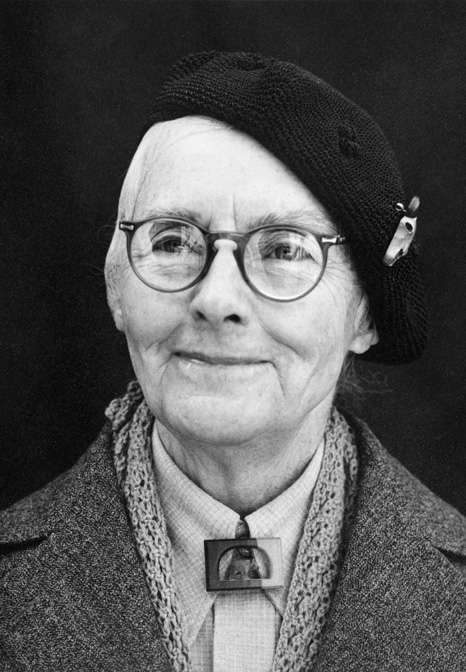
Terminating a pregnancy was illegal in Montana until 1973, when the U.S. Supreme Court ruled in the case of Roe v. Wade that abortion was a constitutionally protected right. Nevertheless, the practice of abortion was still commonplace. The stories of Montana women who obtained illegal abortions reveal the uncertainty, fear, shame, and danger they experienced.
Abortion before “quickening” (fetal movement) was legal in the United States prior to the 1860s, but around 1860 politicians and members of the American Medical Association campaigned to outlaw the practice. During Montana’s territorial period, it was illegal to induce abortions with either medicine or instruments, except in cases where the life of the mother was at risk. By 1895, the woman receiving the abortion as well as the person performing it were subject to prosecution.
The criminalization of abortion did not mean the end of the practice, and Montana women continued to seek professional help, or in some cases, to help each other, when they wanted to terminate a pregnancy. The practice decreased as women had greater access to contraceptives in the twentieth century, but a variety of factors—ranging from fear of complications during pregnancy to the shame of childbirth out of wedlock—meant that there was continued demand for underground abortions. Continue reading “You Had to Pretend It Never Happened”: Illegal Abortion in Montana

